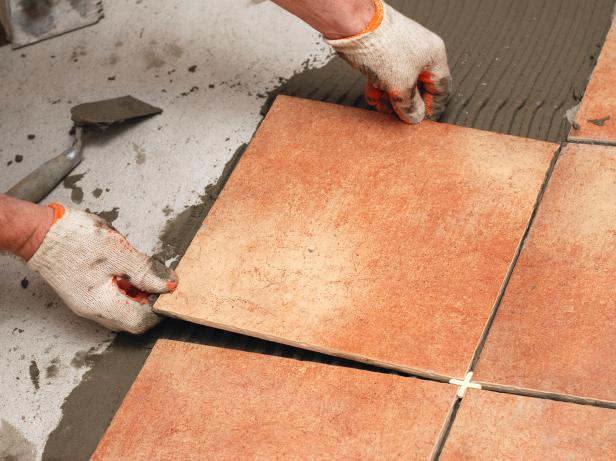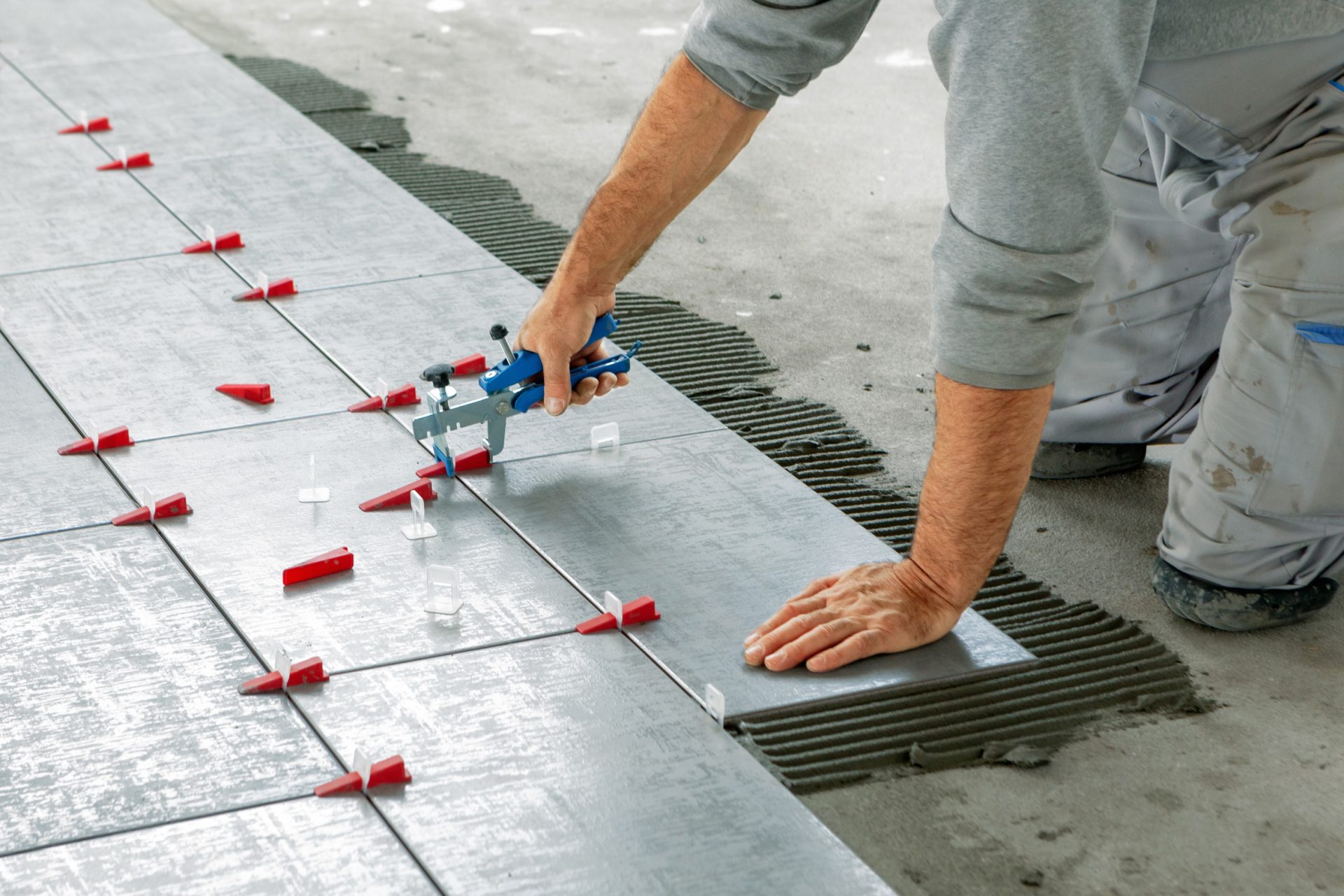Raise Your Space: Specialist Tile Installation Austin, Texas
Raise Your Space: Specialist Tile Installation Austin, Texas
Blog Article
Discover the Tricks to Perfect Tile Installment Whenever
Mastering the art of ceramic tile setup involves a collection of accurate actions and strategies that, when carried out appropriately, can result in a seamless and refined surface. By comprehending the secrets behind each step, you can make certain that your tile setup not only meets but exceeds your assumptions.
Proper Surface Area Prep Work
Efficient tile setup pivots dramatically on precise surface area preparation to make certain a perfect outcome. Before laying tiles, it is essential to examine the substratum's problem extensively. The surface has to be tidy, dry, and structurally sound to avoid future problems such as loose tiles or cracked grout. Any type of existing flooring material, adhesives, or sealers need to be gotten rid of to produce an uniform base for the brand-new tiles.
To ensure appropriate attachment, it is recommended to rough up smooth surfaces with sanding or scarifying. In addition, applying a primer can enhance bonding between the substratum and the floor tile adhesive. Irregular surfaces need to be leveled making use of a self-leveling substance to stop lippage and ensure a smooth surface.
In addition, examining for prospective sources of moisture is important, as excess moisture can lead to mold development and damages the floor tiles with time. Using a moisture obstacle or waterproofing membrane layer in wet areas like kitchens or restrooms is essential to protect the ceramic tiles from water damage. By thoroughly preparing the surface area before tile installment, one can create a sturdy and aesthetically attractive tiled area that will stand the examination of time.

Picking the Right Adhesive
Picking the suitable adhesive is an essential step in making sure the successful installment of ceramic tiles. The kind of adhesive you choose will certainly depend upon numerous variables such as the sort of tile, the substrate material, and the area of the installation. There are different types of adhesives offered on the market, including thin-set mortar, mastic, and epoxy.

Epoxy adhesives are water-resistant and incredibly durable, making them ideal for areas prone to moisture such as kitchens or washrooms. They are also ideal for setting up glass or metal ceramic tiles. When choosing a sticky, make sure to comply with the maker's recommendations and consider the specific demands of your tile setup job.
Accuracy Reducing Methods
One of the most usual devices utilized for precision cutting in floor tile see it here setup is the tile cutter. Floor tile cutters come in numerous types, including hands-on ceramic tile cutters, electric damp saws, and handheld floor tile cutters. Hand-operated floor tile cutters are ideal for straight cuts on ceramic and porcelain ceramic tiles, providing accurate and clean edges.
Furthermore, using tools like floor tile scribes or glass cutters can help in scoring and snapping tiles with accuracy. By grasping these precision cutting strategies, floor tile installers can make sure a professional surface and a visually attractive outcome in their tile tasks.

Grout Application Tips
When transitioning from accuracy reducing techniques to grout application in floor tile setup, attention to information and method is critical for achieving a remarkable finish. Cement serves not just as a practical element that fills up the gaps in between tiles however likewise plays a significant function in the overall visual of the installment.
When applying cement, operate in tiny areas each time to prevent it from drying out also quickly. Make use of a rubber float to press the cement into the joints at a 45-degree angle, ensuring full protection and condensing the product. Once the cement is applied, use a moist sponge to clean the floor tiles, ensuring not to remove cement from the joints. Finally, buff the floor tiles with a dry towel to eliminate any kind of haze and attain a sleek coating. Following these cement application ideas will lead to a skillfully installed floor tile surface that enhances the elegance of any area.
Completing Touches and Upkeep
To complete the tile installment job successfully, interest to detail throughout the ending up touches and routine maintenance is essential. After the cement has actually dried and the floor tiles useful site are safely in place, the last steps include making sure that all edges are properly sealed.
Regular maintenance is key to preserving the beauty and performance of your tiled surface areas. A basic regimen of sweeping or vacuuming complied with by mopping with a gentle cleaner can help keep your floor tiles looking immaculate (tile installation austin). For locations that are often exposed to dampness, such as cooking areas or restrooms, normal resealing of cement lines is advised to avoid mold and mildew and mildew development
Verdict
Finally, accomplishing excellent tile installment whenever calls for focus to detail and appropriate strategies. By concentrating on surface preparation, choosing like this the proper adhesive, using accuracy cutting techniques, using grout meticulously, and do with focus to information, you can ensure a professional-looking result. Remember to follow these actions and keep your tiles frequently to lengthen their life-span and maintain them looking their best.
One of the most common tools used for precision cutting in floor tile installment is the floor tile cutter. Ceramic tile cutters come in numerous kinds, consisting of hand-operated floor tile cutters, electrical damp saws, and portable floor tile cutters. Manual tile cutters are ideal for straight cuts on ceramic and porcelain tiles, offering tidy and accurate sides. Furthermore, using devices like floor tile scribes or glass cutters can assist in racking up and snapping tiles with precision. By mastering these precision cutting strategies, tile installers can guarantee a professional finish and a visually enticing outcome in their tile projects.
Report this page